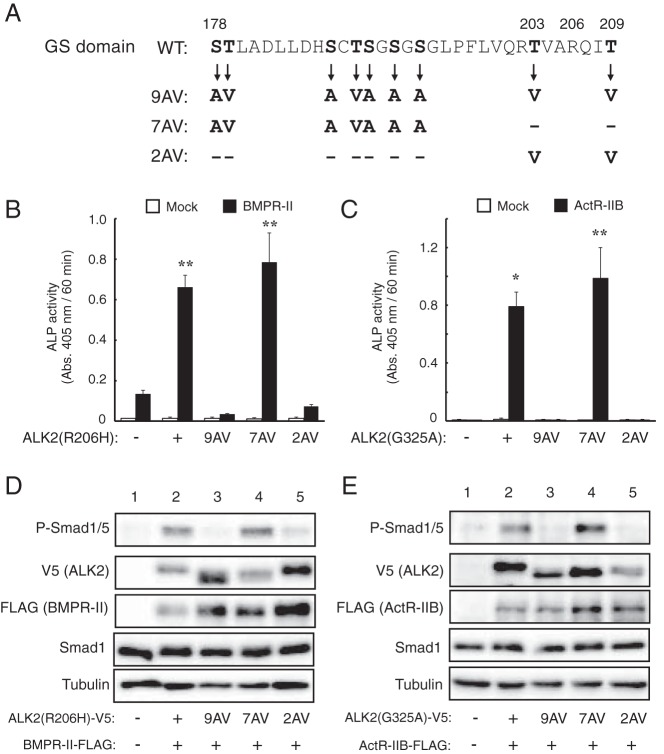Figure 6. Functional analysis of the role of the ALK2 GS domain in type II receptor-dependent enhancement.
A, Amino acid sequences of the GS domains of WT and mutant ALK2. Of the nine Ser and Thr residues (in bold) present in WT ALK2, nine, seven, and two residues were mutated to Ala and Val residues in the 9AV, 7AV, and 2AV constructs, respectively. These mutations were introduced in ALK2(R206H) and ALK2(G325A), and their activity was analyzed. B and C, Cooperative induction of ALP activity in C2C12 cells by mutant ALK2 carrying mutations in the GS domain plus type II receptors. ALK2(R206H) (B) and ALK2(G325A) (C) carrying the 9AV, 7AV, and 2AV mutations (or empty vector) were cotransfected with BMPR-II (B) and ActR-IIB (C), respectively. ALP activity was determined on day 3. The data are expressed as the mean ± SD (n = 3). *, P < .05 and **, P < .01 vs mock-transfected cells (Student's t test). D and E, Whole-cell lysates from cells transfected with the indicated ALK2 and BMPR-II (D) or ActR-IIB (E) constructs were analyzed via a Western blot analysis with antibodies against phospho-Smad1/5, V5-tag (ALK2), FLAG-tag (type II receptors), Smad1, and tubulin.

